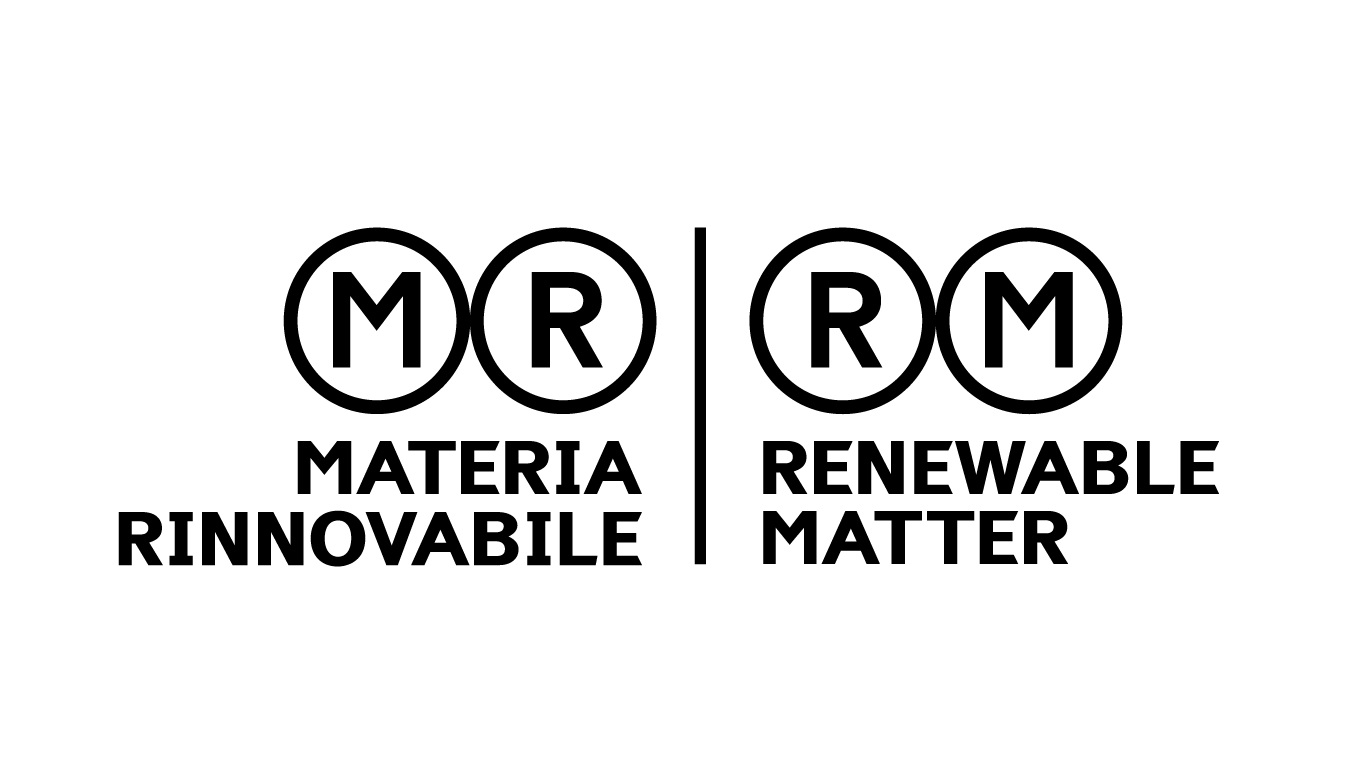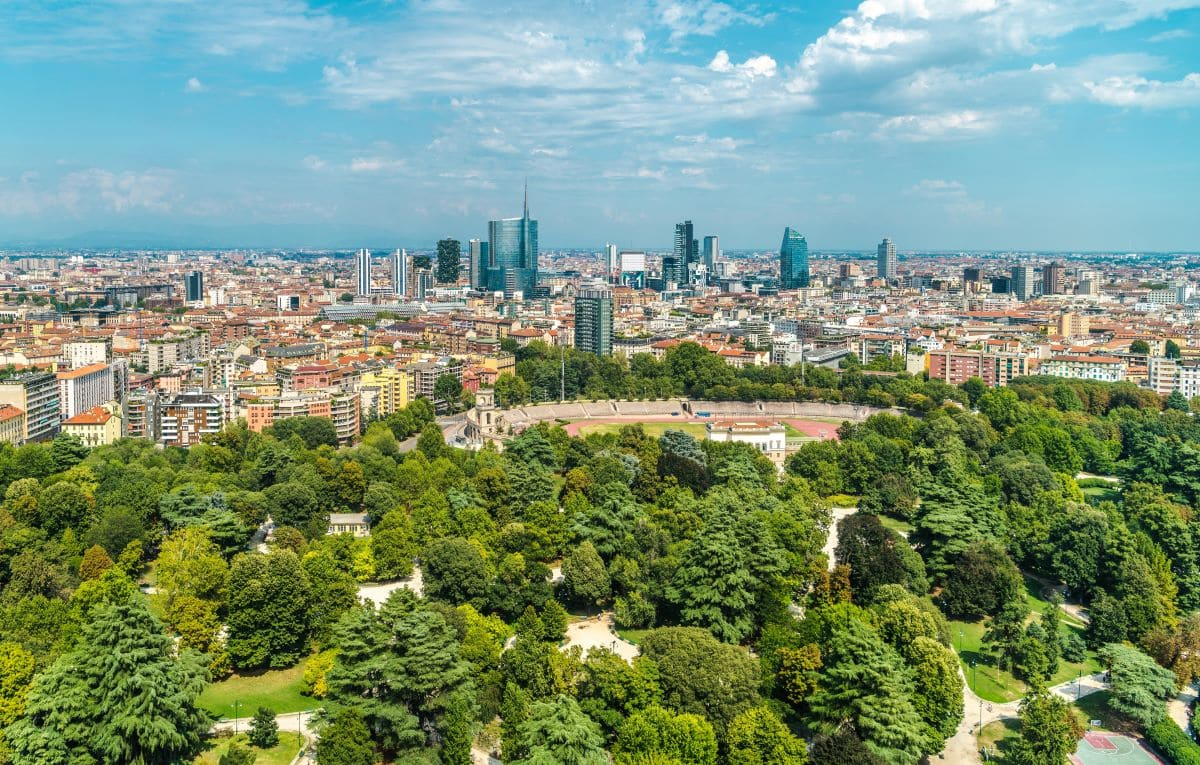This article is also available in Italian / questo articolo è disponibile anche in italiano
Since EU Commission President Ursula von der Leyen unveiled the Competitiveness Compass, discussions surrounding the Green Deal and its mechanisms have largely centred on terms such as review, delay, watering-down, or even dismantling — just as in sustainable finance and the Omnibus package. Yet, little attention has been given to the progress of what remains the most ambitious and integrated programme of reform, investment, and research ever undertaken by the European Union. Yet, there is no shortage of data.
On the 30th of January, the European Commission’s Joint Research Centre (JRC) released its report, Delivering the EU Green Deal: Progress towards targets, offering a clear, science-based assessment of the Green Deal’s progress. Of the 154 targets spanning areas from clean energy to biodiversity, only 32 are currently “on track”, while 64 require acceleration to remain on schedule. A further 15 are either stalled or regressing, and for 43, there is still insufficient data to determine their status.
Green Deal: what the Joint Research Centre Study reveals
To track progress, the JRC study organised the Green Deal targets — drawn from 44 policy documents adopted between 2019 and 2024 — into seven thematic areas: climate, clean energy, circular economy, sustainable mobility, agriculture and food, biodiversity, and zero pollution. Researchers noted significant advances in several areas. Greenhouse gas emissions continue to decline, with notable reductions in key sectors such as energy and industry. Meanwhile, improved recycling and more sustainable production processes are driving the shift towards a more circular economy, cutting waste and reducing Europe's reliance on finite resources. However, major challenges remain.
Progress must accelerate in some areas to achieve the 2030 targets and beyond. In the energy sector, for example, the expansion of renewables needs to speed up to meet the 42.5% target, supported by investment in infrastructure and innovation. In biodiversity, the focus must be on expanding protected areas and restoring ecosystems. Finally, progress monitoring requires more accurate data: so far, 28% of the targets remain without adequate information.
Where we must speed up
The JRC describes progress as “mixed”, largely because many Green Deal legislative initiatives have only recently been adopted — such as the Nature Restoration Law — and have yet to be implemented. Others remain under discussion or require more time before delivering tangible results, meaning they cannot yet be considered “on track”. The report also highlights some critical issues, including gaps in data needed to measure progress in many sectors and delays in meeting key targets. Biodiversity is one such example: while populations of common birds have shown signs of recovery since 2010, those in agricultural areas continue to decline.
Regardless, as a summary states, the study shows that “we are on track to make progress with the Green Deal and that most of the supporting policies and instruments are in place and beginning to deliver results.” However, to meet the 2030 and 2050 deadlines, it will be essential to accelerate the implementation of approved policies and strengthen national-level action. The success of the Green Deal will hinge on the ability to translate strategies into “structural change, adopting more sustainable production and consumption patterns”. Just as crucial is ensuring that member states effectively implement the planned measures — an imperative made even clearer by the Green Deal’s ambitious targets, including a 55% reduction in greenhouse gas emissions by 2030, a 90% cut by 2040, and the ultimate goal of climate neutrality by 2050.
Cover: Envato image



